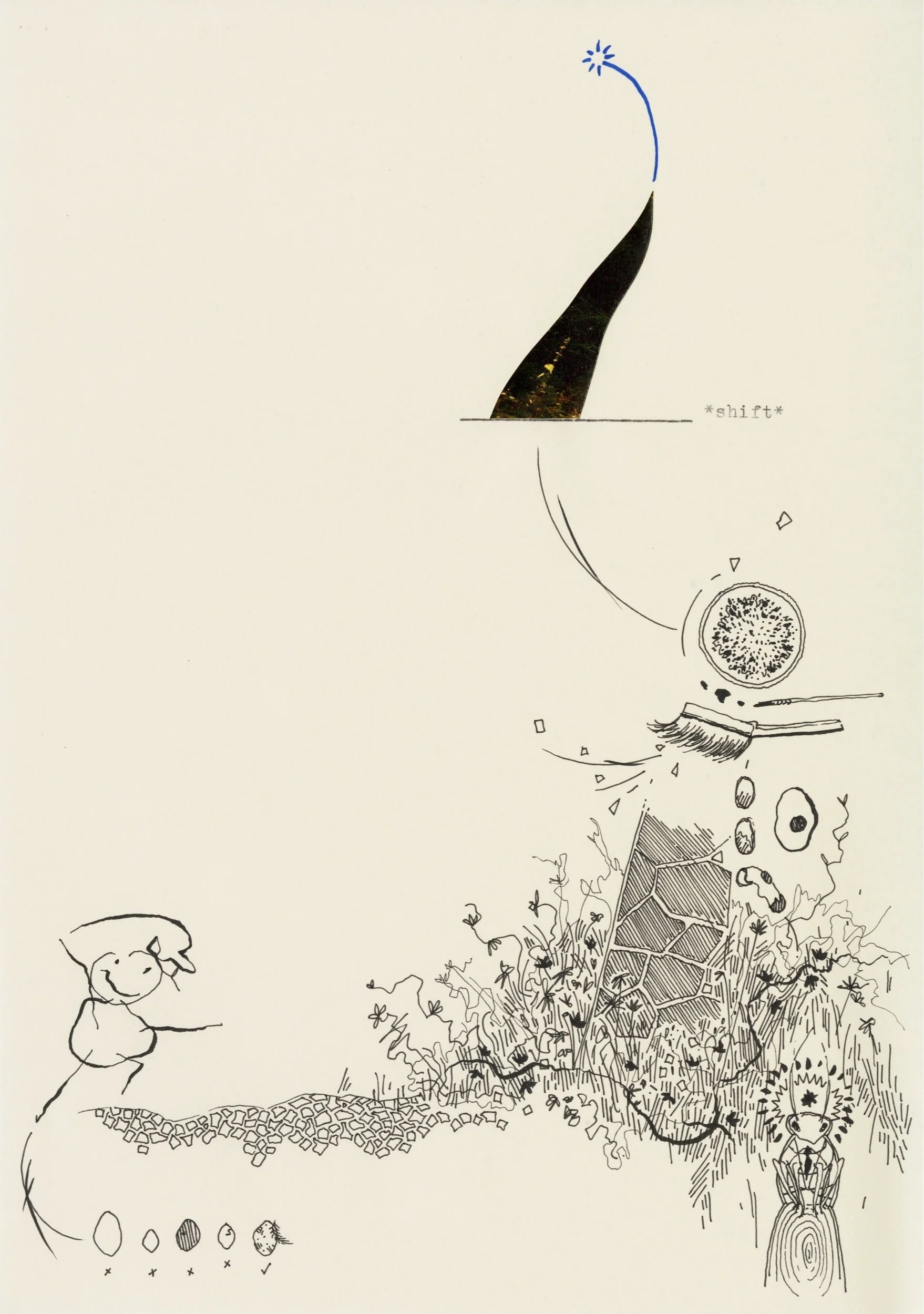To become a Dear Reader is to join Big Al’s mailing list.
In response to the strangeness of constant sharing and uploading online——the endless transformation of art projects into formats fit for the cybernated world——Dear Reader reignites the analog in a landscape saturated by the digital.
Each month, a hand-typed letter by Al is scanned and sent to her (dear) readers via email.
The intention: to connect with those who want to experience thoughts, ideas, and artistic projects deeply, but with an invitation to write back——to respond to the artist with your own letter, if you wish. The letters you receive may be serious, silly, detailed, or only vaguely relevant. There is no intended format to be repeated, other than that each letter must be made by hand, and sent with feeling.
To participate in this project, you can add your name (or a code name, if you prefer) to the Dear Reader >>> mailing list <<<
2025/05/30 Dear Reader
CATALOGUE : in progress*
LOCATION : Wadandi Country, Cowaramup, Western Australia
FROM: AL
this project is dedicated to my sisters Emily and Maxi
